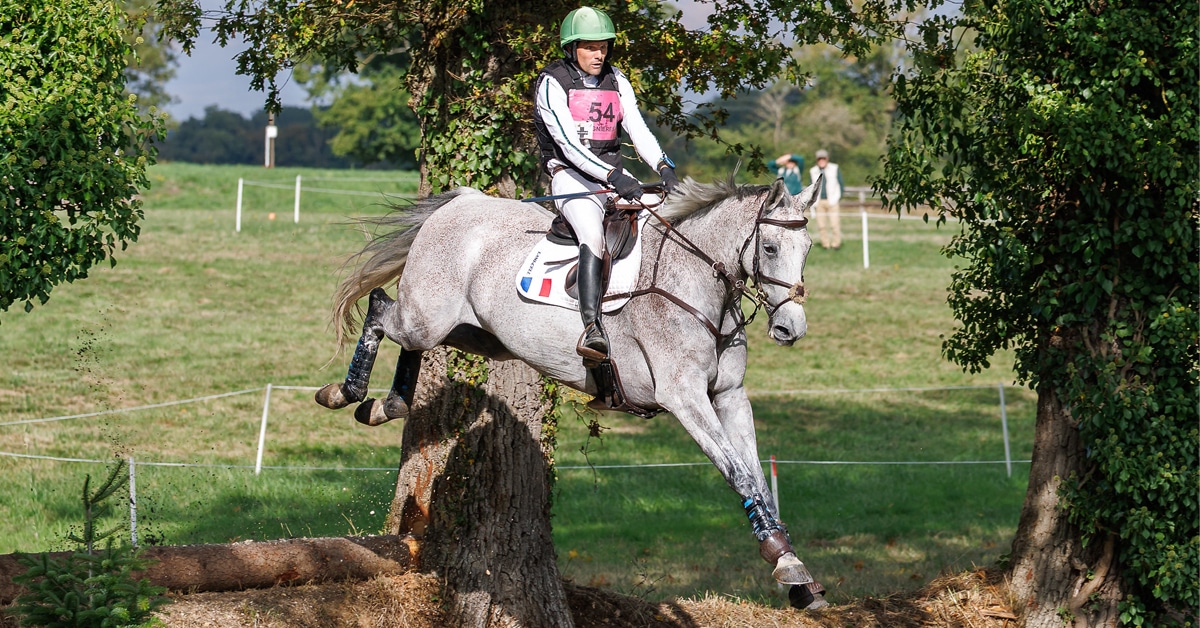Last week, it was reported that 14 horses at a farm in Wisconsin had died, and 1oo more were ill, after consuming hay contaminated by blister beetles.
The owners of Red Ridge Riding Stable, Cindy Kanarowski-Peterson and Lyle Peterson, said they purchased the hay from farms in South Dakota and Wyoming, after flooding destroyed their own hay fields.
Post-mortems on some of the horses pointed to blister beetle poisoning. No other similar deaths or illnesses have been reported.
There are approximately 2,500 species of blister beetles worldwide. The tiny insects feed on alfalfa flowers and can end up crushed or cut up in alfalfa hay during the baling process.
What makes blister beetles toxic to horses is a chemical they contain called canthardin. Horses can get blisters on their skin from just touching a beetle. Ingesting them can cause ulcers inside the mouth and stomach, but the toxin can also make its way into the circulatory system and affect the heart. In some cases, this can cause death within hours.
There is no specific treatment for canthardin ingestion, but veterinarians will try to reduce the amount the horse absorbs by giving it activated charcoal, mineral oil and intravenous fluids. The effectiveness of this treatment, and the risk to the horse, depends on how much the horse has consumed.
Blister beetles are quite small, at less than an inch long. Be sure to inspect your hay before you feed it to protect your horses.
More News









